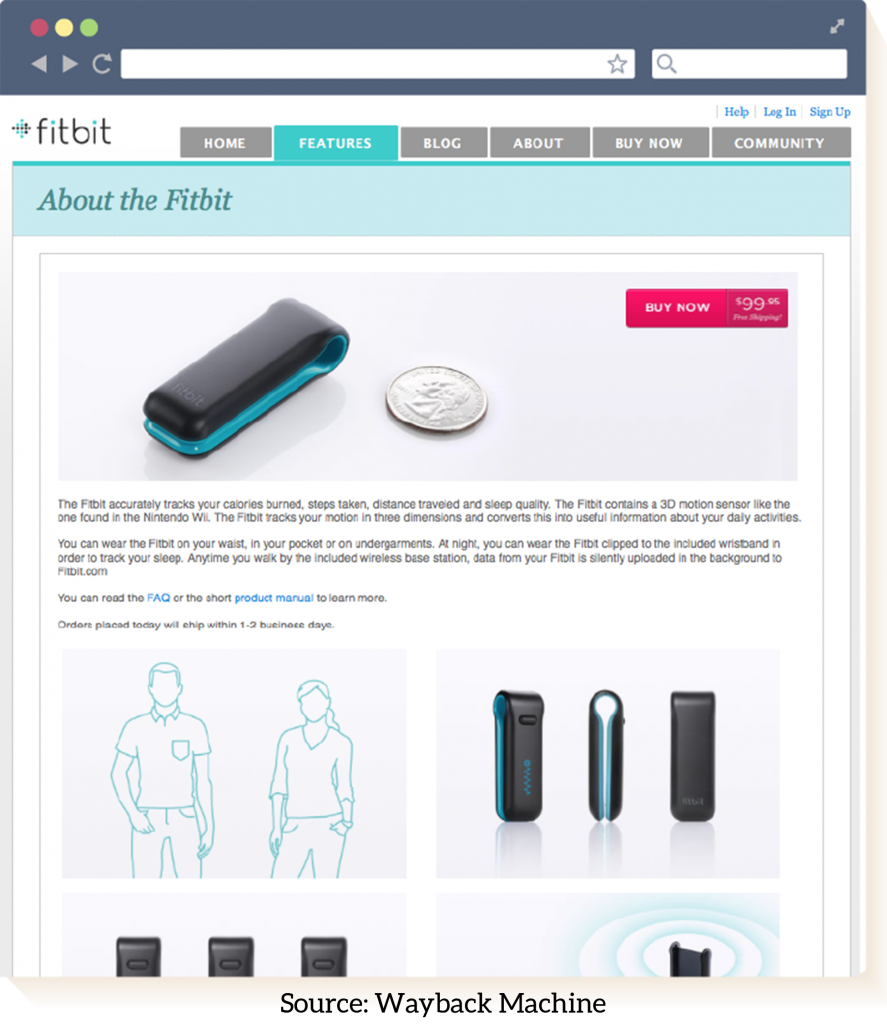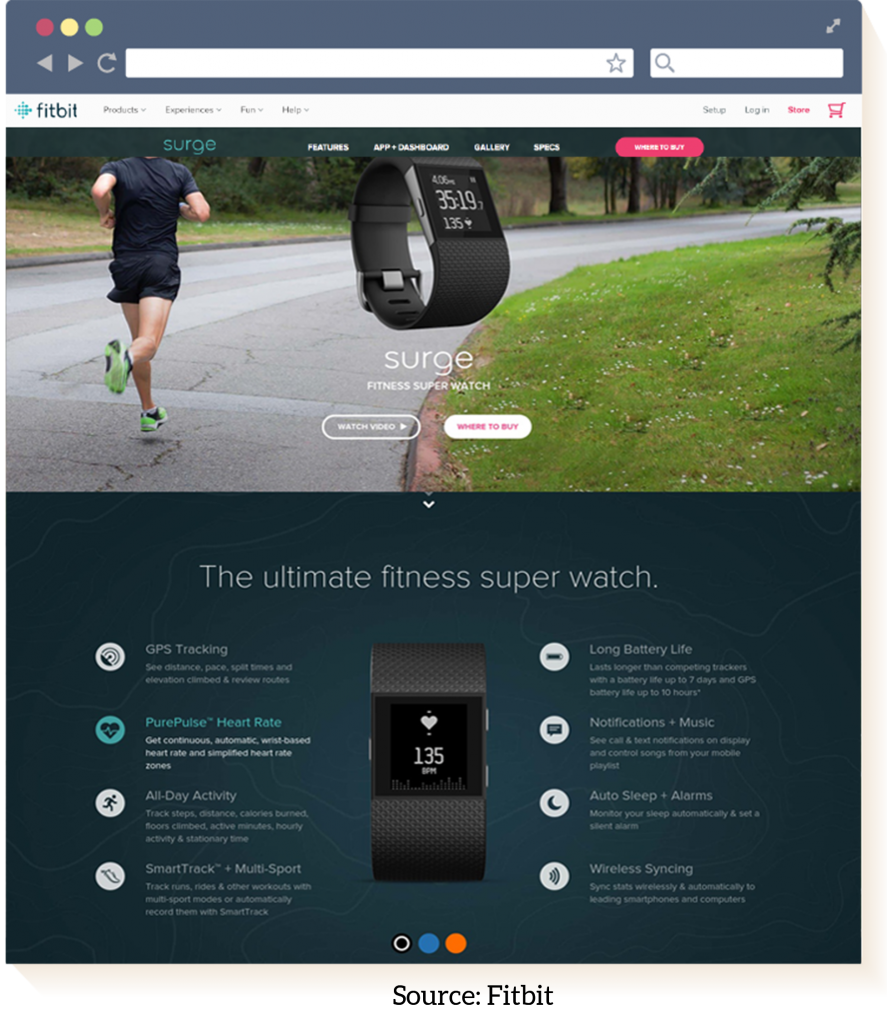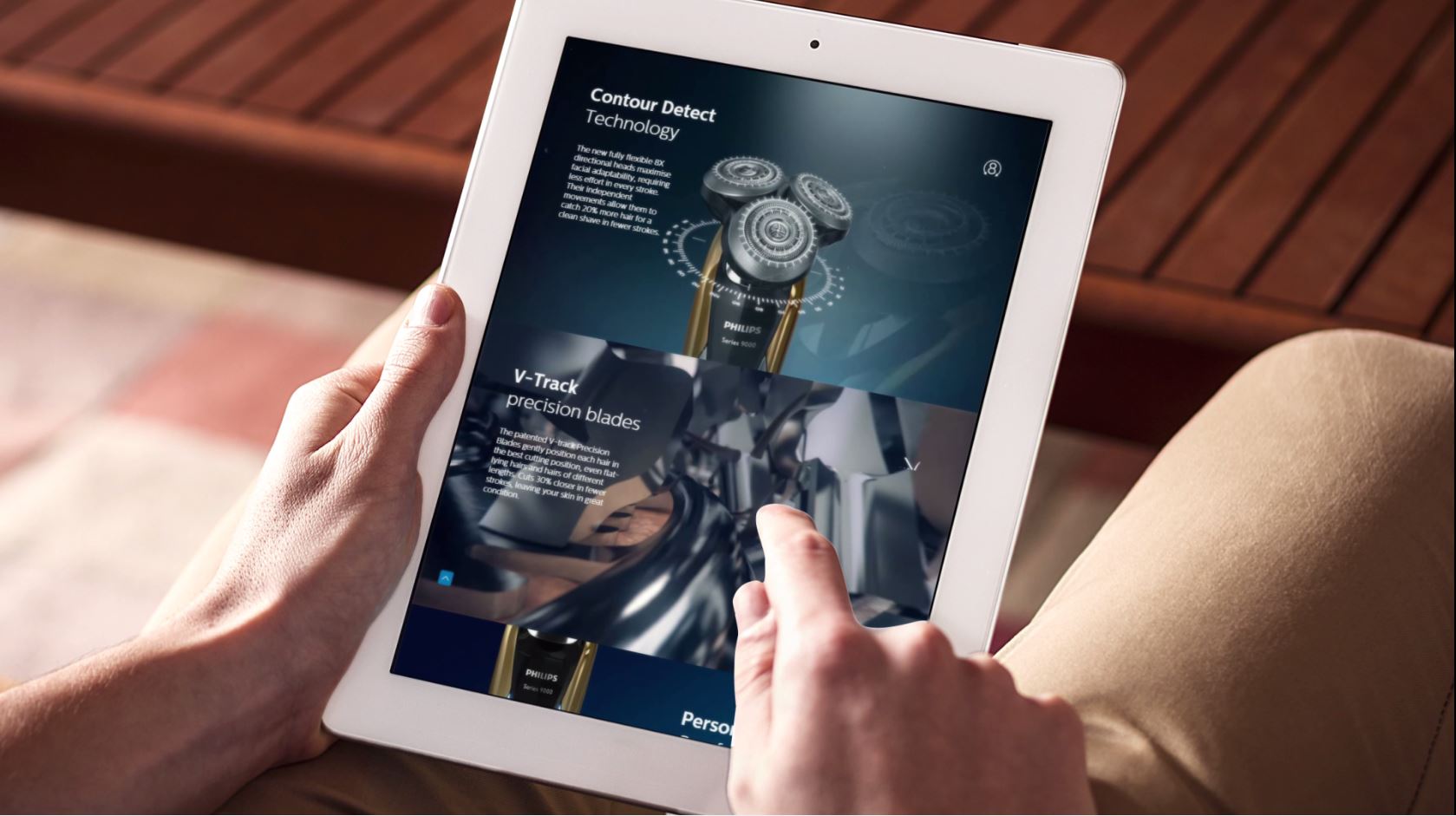Is Your Product Ready for Digital Image Realism?
A consumer’s experience of your brand online is important to you, strike that, it’s critical, but chances are it’s something that you’ve heard a million times already. In fact, a Google study in 2011 coined the term Zero-Moment-Of-Truth (ZMOT)—after the in-store first and second moments of truth about consumer buying behavior, made popular by P&G.
Before we dive deeper, let’s take a quick dive into each of these moments of truth:
Zero Moment of Truth—today, consumers research, review, view, play and digitally touch products even before they step a foot in a store. In short, they have an opinion about your product before they have even spoken to anyone or even seen the product
First Moment of Truth—the time when the consumer has the “A-ha” moment when s/he experiences something about the product in real life
Second Moment of Truth—the degree of truth in your brand promise. Whether a customer experiences the promises made by the product
Third Moment of Truth—the customer engages with your brand after the purchase. Even for a repeat or referral purchase
Why Is Digital Web Experience Important?
You may wonder, okay, so it’s important, but how does it impact my business? Where is the proof that all this leads to an actual revenue uptick?
According to a Deloitte retail study:
- 84% of store visitors use their devices before or during a shopping trip
- 22% of consumers spend more as a result of using digital
- 75% of respondents said product information found on social channels influenced their shopping behavior and enhanced loyalty
Digital interactions—that are not just limited to purchase or add-to-cart transactions, but include view, learn, play and touch products influence 36 cents of every dollar spent in the retail store. That translates to about 1.5 trillion dollars in retail revenue potential.
How Digital Web Experiences Have Visually Evolved Over the Last Decade
We are in an economy where the retail and customer experience is evolving from “Showrooming” to “Webrooming”. The biggest differentiator between how a consumer experiences product online vs. in-store is the “touch and feel” factor.
A customer looking to buy a toaster in-store can experience the product details to his or her satisfaction. Now compare that to an online experience, where we may have images, videos and maybe some color variants. It’s difficult to live up to the experience the customer has in-store. As we dive deeper we realize that in-store and online both have their advantages.


Let’s look at the below examples from Fitbit–the market leader in fitness trackers and smartwatches. Using free online tools such as Wayback Machine, we derived the web pages of its products from 2011 and 2016. One thing that we instantly notice is that even though the product SKUs and functionality have advanced drastically, the portrayal of web products is still stuck in 2011.
2011 vs 2016 Page of Fitbit Fitness Tracker


A potential consumer planning to buy the fitness tracker who is researching the product online still has the same problem. S/he cannot experience the product as well in the digital environment—on his or her choice of device as they could in a physical store. How to trigger customers “A-ha” moment digitally is something most brands struggle with. This divide is the missing link to unlocking the real potential of digital product experiences. How can we match and map the real-world product experiences in our online environments? How can we create content that surpasses the boundaries of digital image realism?
In the next blog in this series, we will dive deep into what does it take to provide an immersive product experience online. To continue the conversation online and learn more about making all products playable digitally, please follow us on Twitter @INDG


